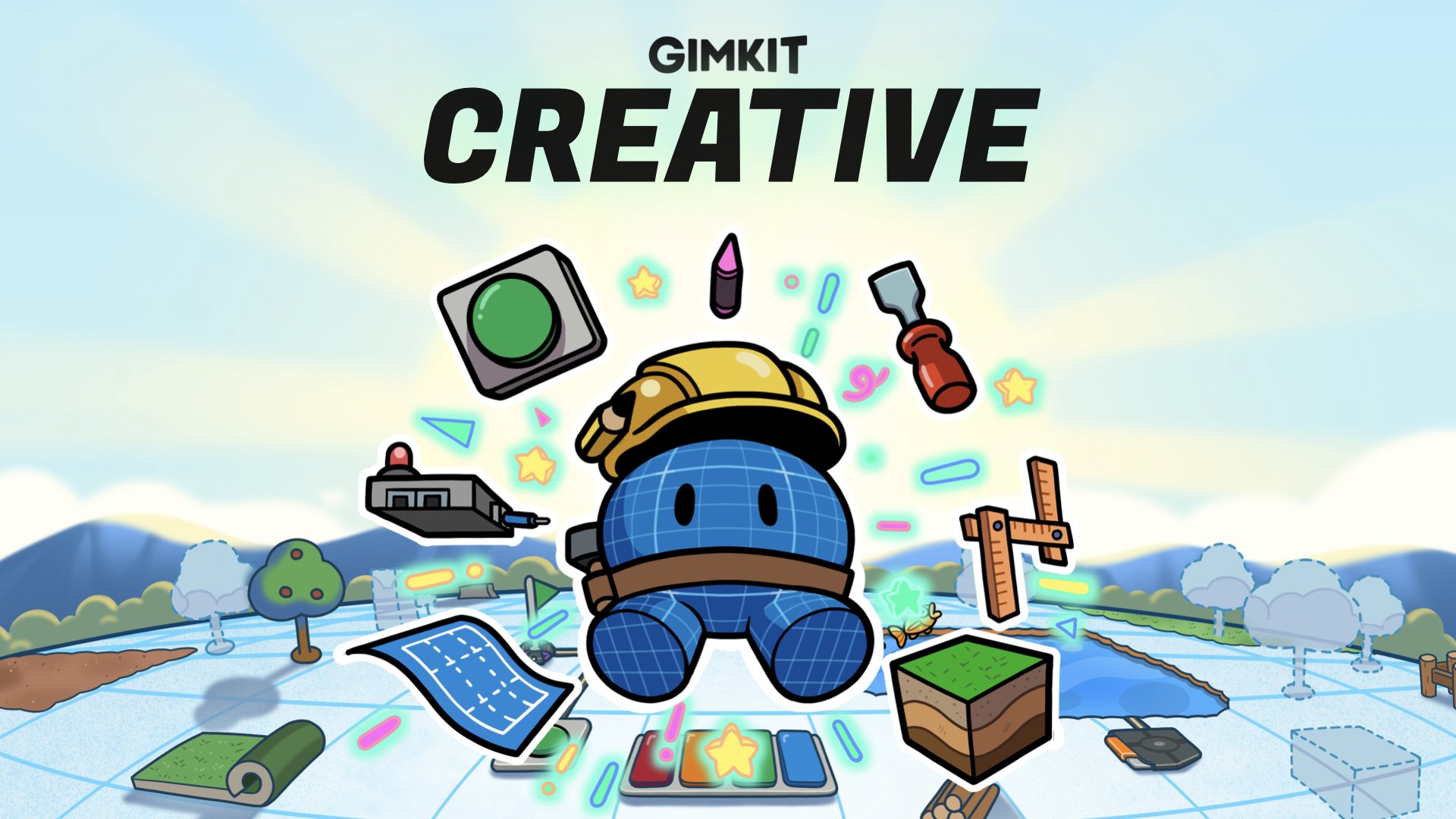Mastering the Art of Gimkit Host: A Complete Guide for Educators and Game Lovers

Gimkit Host has rapidly gained popularity among teachers, students, and even trivia lovers who enjoy a fast-paced, interactive game environment. At the center of the Gimkit experience is the Gimkit Host, the person who controls the game, sets the tone, and ensures everything runs smoothly. Whether you’re a seasoned educator or just someone wanting to throw a fun quiz party, learning how to be a great Gimkit host is crucial.
In this article, we’re going to dive deep into what it means to be a Gimkit host, how to set up and manage games like a pro, and tips to make your sessions unforgettable. Let’s jump right in!
What is a Gimkit Host?
When you hear the term “Gimkit host,” it simply refers to the person responsible for creating and running a Gimkit game. Think of it like being the quiz master at a trivia night—you’re the one making the magic happen behind the scenes.
Hosting on Gimkit isn’t just about pressing a few buttons; it’s about crafting an experience. As a host, you pick the game mode, customize settings like time limits and power-ups, and manage players during the session. You set the vibe, whether it’s a chill review session or an intense, competitive showdown.
One of the cool things about hosting is how much control you have. Gimkit allows hosts to personalize nearly every aspect of the game, from how players earn points to the music that plays during the match. This flexibility means you can tailor the game to fit your audience perfectly—whether it’s a classroom of seventh graders or a group of adult learners brushing up on professional skills.
And don’t worry—being a Gimkit host doesn’t require a tech degree. The platform is super user-friendly, even if it’s your first time hosting. With just a little preparation, anyone can become a confident, effective Gimkit host.
How to Host a Gimkit Game Like a Pro
So you want to be a top-notch Gimkit host? Awesome. Here’s a step-by-step rundown on how to do it—and do it well.
First things first, you need a Gimkit account. Signing up is free and takes less than five minutes. Once you’re logged in, you can either create your own “Kit” (which is Gimkit’s term for a quiz) or choose one from their library. The ability to customize Kits means you can align your game content perfectly with whatever you’re trying to teach or review.
After selecting your Kit, it’s time to pick a game mode. Gimkit offers tons of exciting options, like “Classic,” “Team Mode,” “Trust No One” (an Among Us-inspired mode), and more. Each mode offers a slightly different flavor of gameplay, so think about what will resonate best with your group. If it’s your first time hosting, starting with Classic Mode is a safe bet.
Once you choose the mode, you’ll set up your game settings. You can control how long the game lasts, whether students can earn money by answering questions correctly, and if players can sabotage each other’s scores. After tweaking all your settings, hit “Continue” to launch the game, and Gimkit will generate a join code. Share that code with your players, and you’re good to go!
Hosting doesn’t end once the game starts. A great Gimkit host keeps an eye on the action. You’ll want to monitor the leaderboard, watch for players who might be struggling, and maybe even adjust the pacing if needed. If things feel too slow, you can always end the game early or jump into another mode to keep the energy high.
Essential Tips for Being an Amazing Gimkit Host

Okay, Gimkit Host so you know how to set up a game—but what separates a good host from a GREAT one? Let’s get into some tried-and-true tips that will make your hosting skills next-level.
1. Set Clear Expectations Before Starting
It might seem obvious, but setting the ground rules beforehand can prevent a lot of confusion mid-game. Let players know how long the game will last, how points are earned, and if there are any special rules like no cheating or no teaming up. A quick two-minute rundown can save you from a dozen “Wait, what do I do?” questions later.
2. Pick the Right Game Mode for Your Audience
Not every group vibes with every mode. Younger students might love the chaos of modes like “Trust No One,” while older learners might prefer a straightforward Classic or Team Mode. Think about the personalities and preferences of your players when picking a mode.
3. Encourage Friendly Competition
Part of Gimkit’s magic is the fun, competitive energy it creates. As a host, you can fuel that by cheering players on, giving shoutouts to top performers, and maybe even offering a small prize to the winner. (Even something as simple as bragging rights can be a big motivator.)
4. Keep the Energy High
Nobody likes a boring host. Keep your tone upbeat, play some background music if possible, and don’t be afraid to throw in a few jokes or funny comments during gameplay. Your energy sets the tone for everyone else.
5. Debrief After the Game
Especially if you’re using Gimkit as an educational tool, take a few minutes afterward to go over questions people missed and explain tricky concepts. It turns a fun game into a powerful learning opportunity.
Common Mistakes New Gimkit Hosts Make (And How to Avoid Them)
Even the best of us mess up sometimes, but knowing what to watch for can save you from some major facepalm moments as a host.
1. Forgetting to Check Game Settings
It’s way too easy to rush through setup and miss important settings. Always double-check things like time limits, player capacity, and whether or not students can rejoin if they get disconnected. A 5-minute setup check can save you a world of trouble later.
2. Ignoring Technical Issues
Internet hiccups happen. Make sure you test your connection beforehand, and encourage players to do the same. It’s also smart to have a backup plan in case Gimkit’s servers have a rare outage.
3. Not Explaining Power-Ups and Special Features
Many Gimkit modes involve power-ups that can dramatically change the outcome of the game. New players especially might not know how these work. A quick explanation before the game starts ensures everyone’s on a level playing field.
4. Overcomplicating Things
It’s tempting to use every feature Gimkit offers right off the bat, but sometimes simpler is better—especially with beginners. Start basic and add complexity once your group is comfortable.
Why Being a Great Gimkit Host Matters
You might think, “It’s just a game—how big of a deal is it really?” Honestly? It’s a huge deal. A well-run Gimkit session can turn a boring study session into something students (or players of any age) genuinely look forward to. It builds community, encourages friendly competition, and makes learning feel like play.
Beyond education, a good Gimkit host creates memorable experiences. Whether it’s a classroom, a team-building event, or a family game night, hosting Gimkit well shows you care about the people you’re playing with. And that energy is contagious.
The best part? The more you host, the better you get. Hosting becomes second nature, and you’ll find yourself intuitively knowing when to switch modes, when to hype players up, and when to throw in a surprise twist.
Final Thoughts: Get Out There and Host!
Becoming a fantastic Gimkit host doesn’t require years of experience or technical wizardry—it just takes a bit of preparation, a lot of energy, and a willingness to have fun with it. Whether you’re leading a classroom review session or throwing a wild trivia night for friends, hosting Gimkit can be an absolute blast.
So what are you waiting for? Create a Kit, fire up a game mode, and start hosting like a pro. Your players are going to love it—and you might even surprise yourself with how much fun you have too.
YOU MAY ALSO READ
UK Braced for Significant Snowstorm Bringing Potential White Christmas



